(First upload on April 11 2010. Last on April 10 2024) [ 日本語 | English ]
Mount Usu / Sarobetsu post-mined peatland
From left: Crater basin in 1986 and 2006. Cottongrass / Daylily
HOME > Plant list (植物リスト) > Theaceae (ツバキ科) > Camellia japonica
Camellia L. (ツバキ)Yabutsubaki (ヤブツバキ, 藪椿/藪海柘榴), camelliaLife form: evergreen, short or tall tree (usually 5-6 m in height, occasionally ≈ 20 m) the largest tree is seen in Himi City, Toyama Prefecture Distribution: endemic to Japan (Nansei Islands - Honshu)Habitat: evergreen forest as shade tree Pollinator: bird, in particular, Zosterops japonicus |
Honey and fruit: used by birds Utilization: oil from the fruit, wood for musical instruments and hammer, gardening, and others Synonyms: Thea japonica (L.) H. Baillon var. decumbens Sugimoto (ユキツバキ)var. intermedia Tuyama (ユキバタツバキ) var. macrocarpa Masamune (オオミツバキ/ヤクシマツバキ) f. leucantha Makino ex H. Hara (シロバナユキツバキ) and many cultivars (園芸品種) |
|
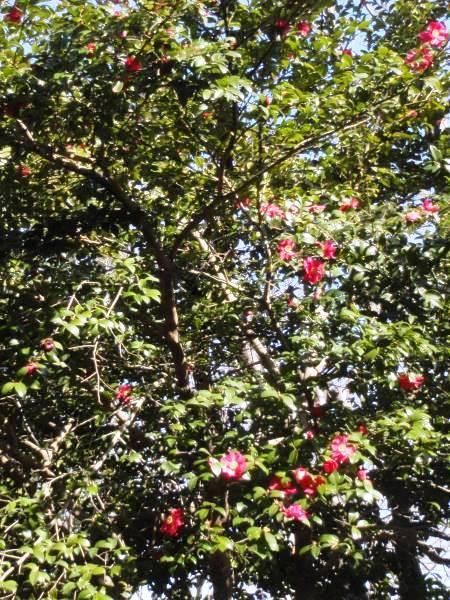 1
1
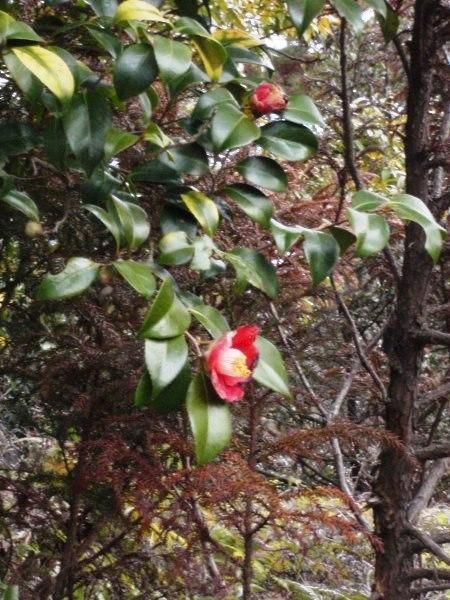 2
2
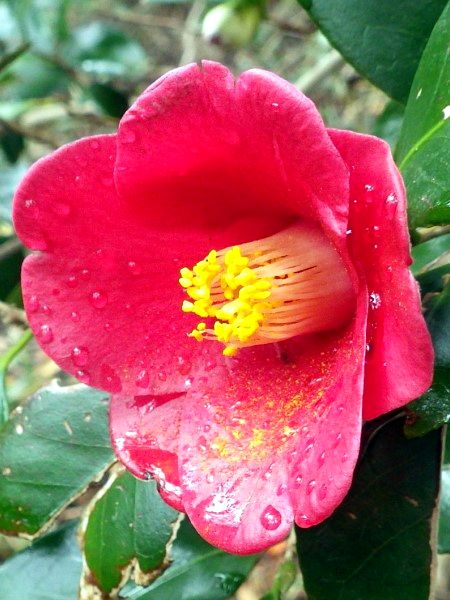 3
3
 4
4
[1] at a park near the Tsukuba Station of Tsukuba Express, Ibaragi Prefecture, on March 7 2014. [2] on Mount Misen (弥山, 535 m elevation), Hiroshima Prefecture, on March 16 2014. [3/4] near Takiyama Castle along Seyama Trail in Kobe City, western Japan, on March 16 2019. Discard: At an entrance of a trail on Mount Yatsu, Shizuoka Prefecture, on March 5 2013. At a park near the Tsukuba Station of Tsukuba Express, Ibaragi Prefecture, on March 7 2014.
| cv. Hikarugenji (光源氏) | cv. Aoisangosho (青い珊瑚礁) | cv. Black Magic |
|---|---|---|
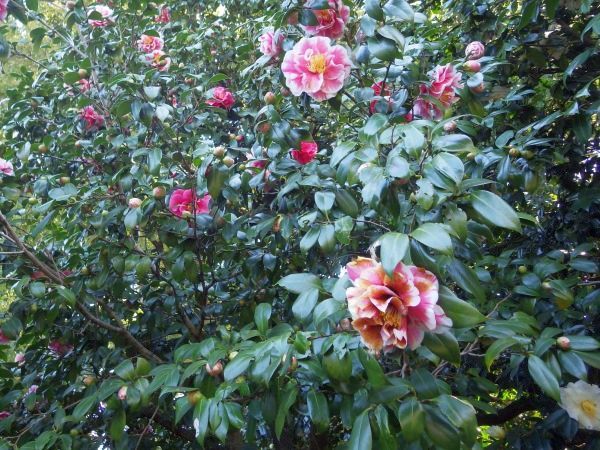 1 1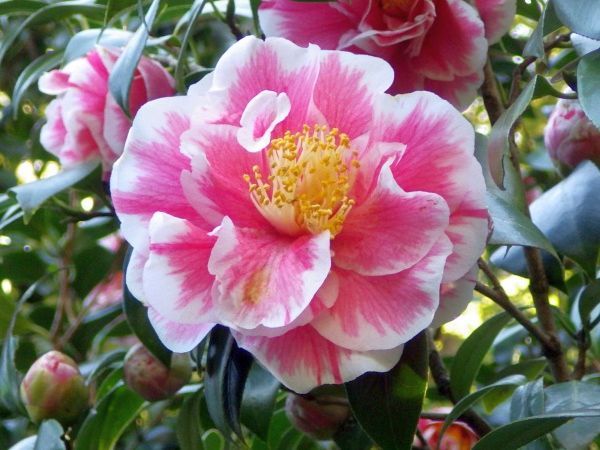 2 2 3 3[1-3] in the Koishikawa Botanical Garden (小石川植物園), the University of Tokyo, on March 16 2017. |
 1 1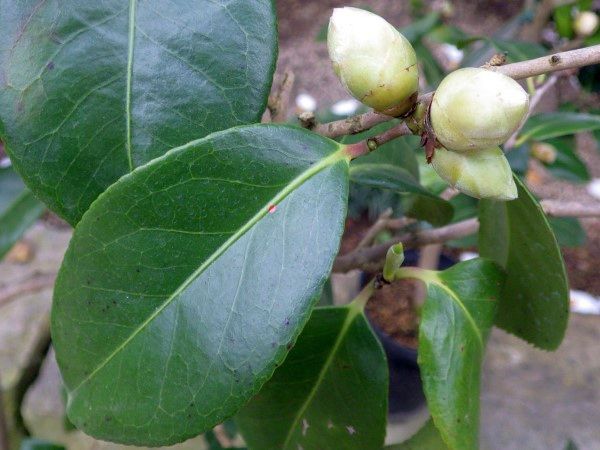 2 2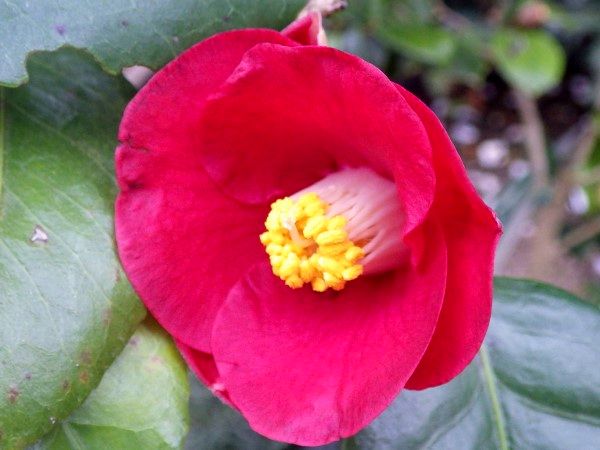 3 3[1-3] at a greenhouse in Yurigahara Park, Sapporo, on March 17 2024. |
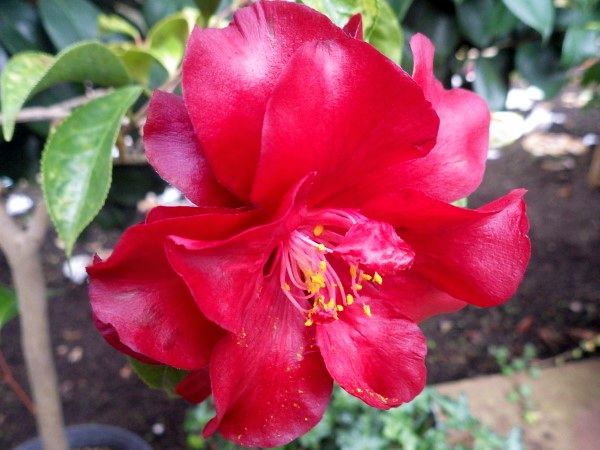 1 1[1] at a greenhouse in Yurigahara Park, Sapporo, on March 17 2024. |
Camellia rusticana Hondasyn. Camellia japonica L. var. decumbens SugimotoAdapted to snow accumulation ⇒ climate (気候) |
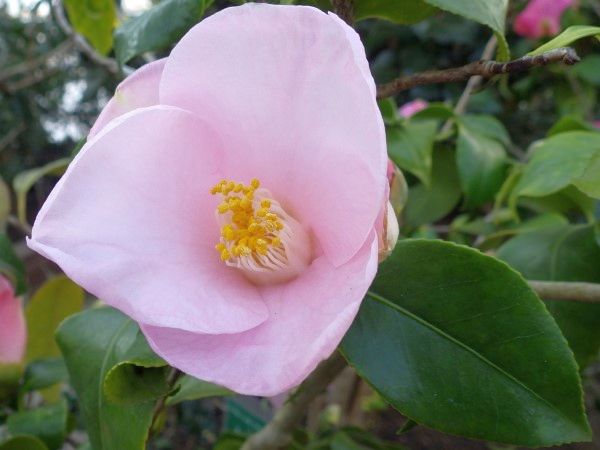 1
1
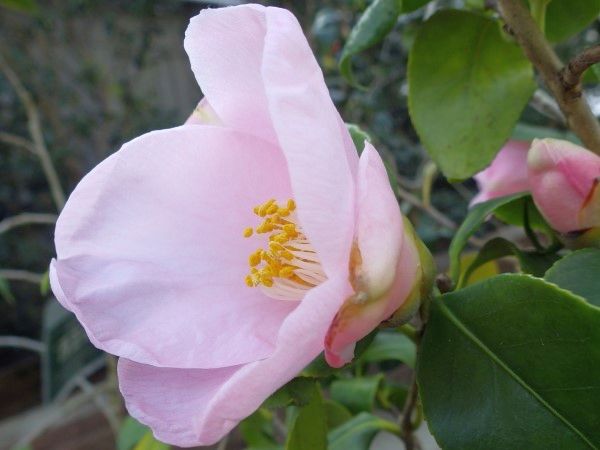 2
2
[1-3] at a greenhouse in Yurigahara Park, Sapporo, on January 24 2021.